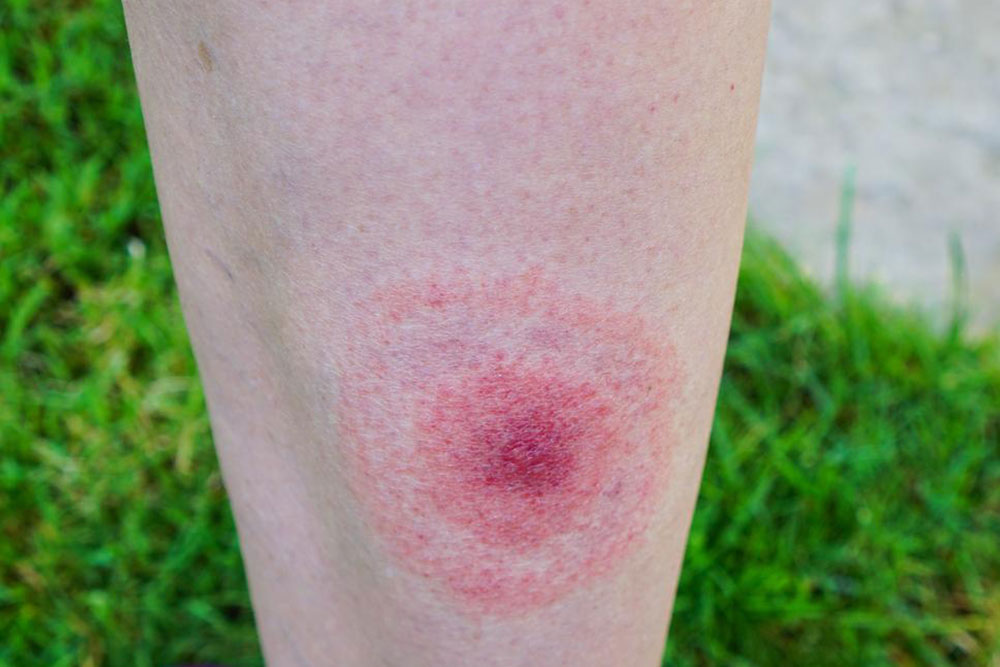Early signs of lyme disease
Lyme disease can be a fatal disease, once acquired and even more fatal if the early signs are not recognized. Early signs of Lyme disease widely include fever, rash, facial paralysis and arthritis. Lyme disease is also prone to the area you live in, in fact there are certain areas that are more prone to get you a Lyme disease than other areas. A Lyme disease typically occurs from a tick bite that can then grow into various conditions and illnesses.

There are certain early signs and symptoms of Lyme disease that can be alarming for you, and they are as follows:
- Early signs of Lyme disease include, fever, headache, chills, fatigue, joint and muscle pain, and swollen lymph nodes.
- Another early sign of Lyme disease is erythema migrans rash and here are some details about it:
- About 70-80 % of the infected people suffer from erythema migrans.
- It usually happens in 7 days after the tick bite, although it can happen anytime between 3 to 30 days.
- This rash can go up to 12 inches or more as it expands gradually with time.
- One astounding fact is that this rash does not itch or generate pain in the individual
- It generally clears up from the center as it enlarges, making it look like a bull’s eye (target).
- It does not have a particular spot and can appear on any part of your body.
Some of the less-common early signs of Lyme disease include:
- Irregular heartbeat, although the heart problems do not last more than a week or two
- Eye inflammation
- Liver inflammation
- More than usual levels of fatigue
Now that we have seen the early signs of Lyme disease, let us look at how it can be transmitted.
The Lyme disease is typically transmitted through a tick bite, although this tick must be in contact with your skin for about 36 to 48 hours (or more) straight to let the Lyme disease bacterium infect you.
This bacterium can only be spread through a bite of an infected tick; and the ticks also vary from region to region. The bacterium that spreads the Lyme disease is called, Borrelia burgdoferi . The back-legged tick spreads this disease in the mid-Atlantic, north-central and the northeastern parts of United States. The western back-legged is known to spread this disease on the Pacific Coast.